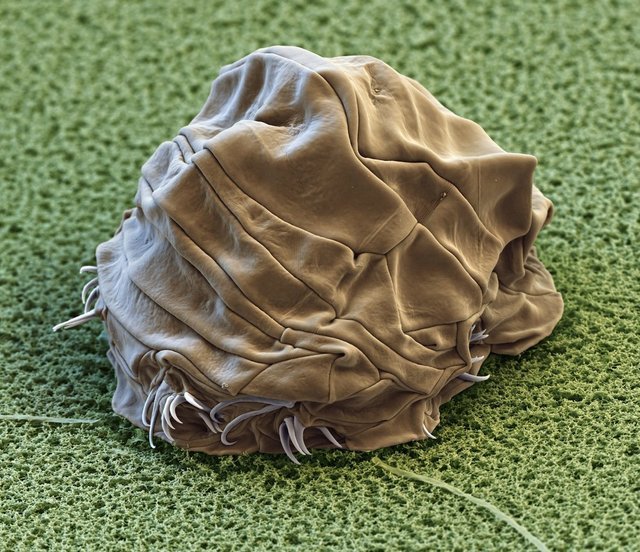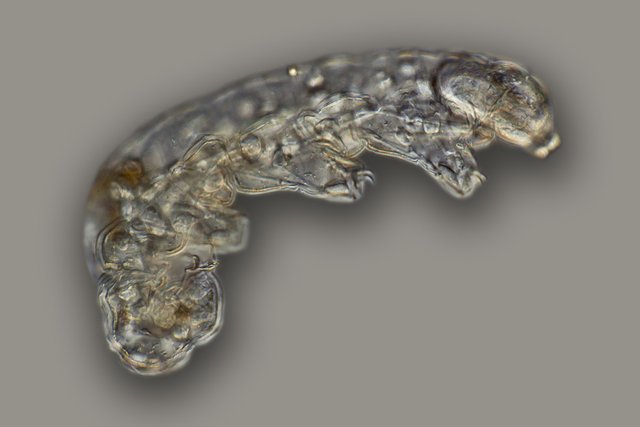Secret about Tardigrade Super Strong 'Water Bear' [part.4]

Tardigrade is in "Tun" mode, in an electron microscope field
In addition, when they are in Tun mode, these water bears produce large amounts of antioxidants that neutralize the effects and damage of radiation. That's why they can survive in outer space. This extraordinary strategy is not shared by all tardigrade, but only in tardigrade species that live on land or commonly live in water present on leaf and moss surfaces.
While living in ponds or seas have more stable environmental conditions, so they do not need all the super abilities as already mentioned. For example if we become a tardigrade that lives in the droplets of water in the leaves, of course we must be prepared with all possibilities that can happen is not it? When the sun comes up, it shines and eventually drains the water, they must get ready to change the mode, and we must also be prepared to make the long journey when the wind blows and blows us somewhere and to what kind of environment.So we already know that tardigrade can survive against anything and why they develop such an extreme adaptation strategy. The next question is, how? how they managed to evolve into a creature that has such a unique character?

Lateral gene transfer ?
In December of 2015, a team of researchers from the University of North Carolina at Chapel Hill published the results of their research while mapping the genome sequences of a Tardigrade species, "Hypsibius dujardini". The team, led by Thomas Boothby, was shocked to discover that this water-bearing DNA is filled with genes from other sources, especially from bacteria. In fact, more than 17% of the Tardigrade genes come from bacteria, microbes and fungi, and no one knows this before.

It's not strange if an organism has some foreign genes, for example, aphids get the color from the fungus, the mites get the bacterial genes that can produce antibiotics, and some types of wasps have viruses as their personal weapons. it is not strange to see bacterial DNA that contains many foreign genes that they get from their surroundings.

I also found that paper, that the foreign DNA in Tardigrades was some incredible percentage, but later they discovered it was just the contamination. I was sad :(
Anyway, upvote - great series.
Reference for the newer article about HGT that says the oposite:
Koutsovoulos, Georgios, et al. "No evidence for extensive horizontal gene transfer in the genome of the tardigrade Hypsibius dujardini." Proceedings of the National Academy of Sciences 113.18 (2016): 5053-5058.
Link
Congratulations! This post has been randomly Resteemed! For a chance to get more of your content resteemed join the SteemEngine network!